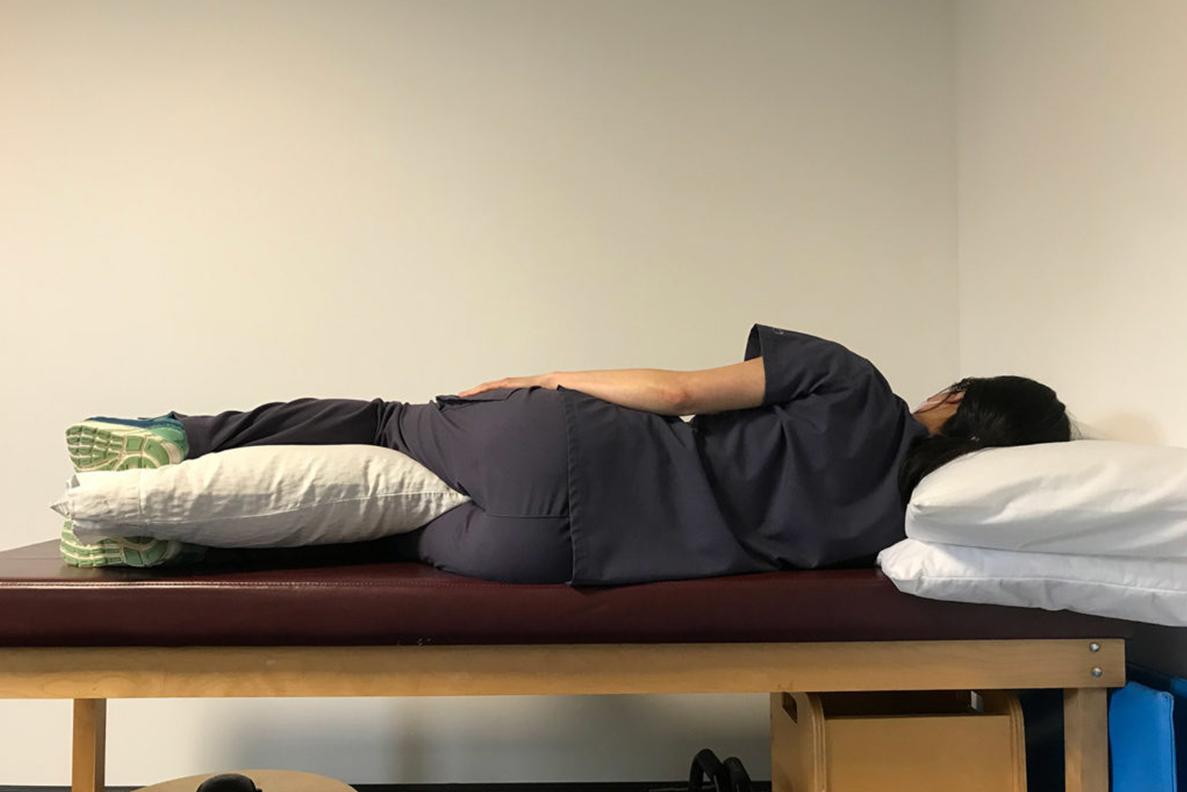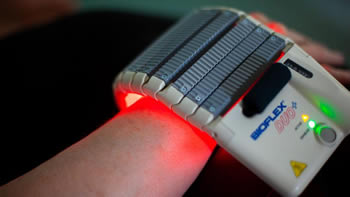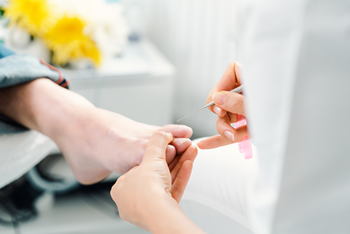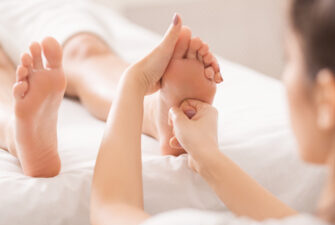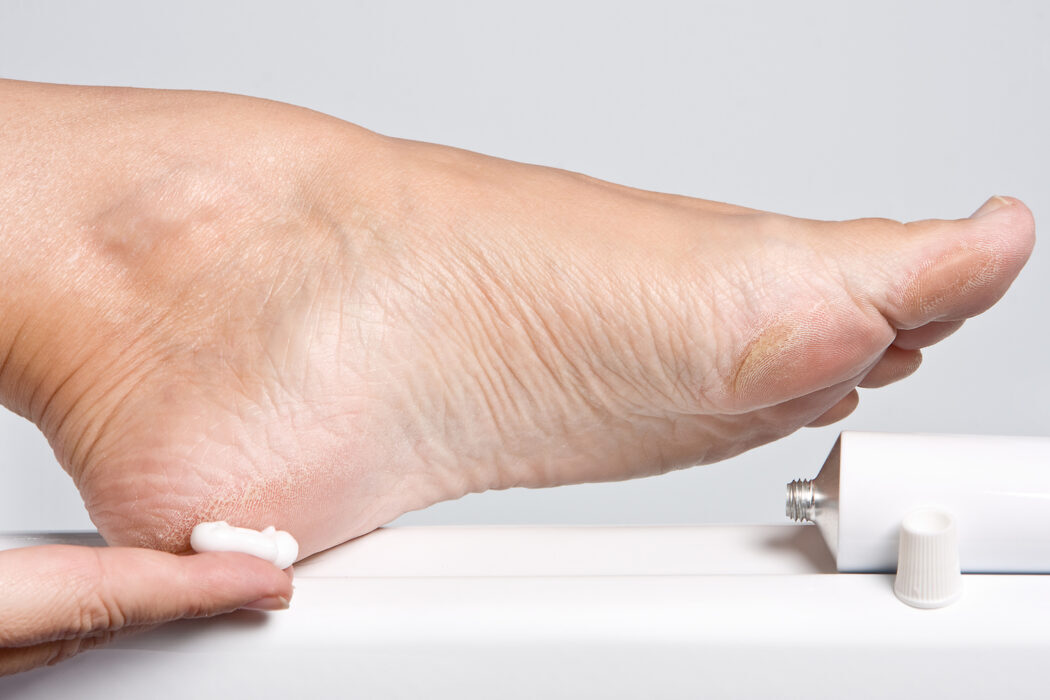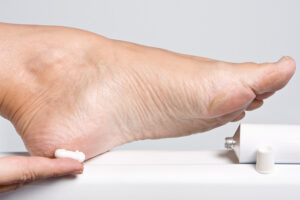During the last few minutes of your initial assessment, your therapist will review your assessment findings and develop with you a treatment plan. Some milestones include:
Frequency & Duration of Treatment
Your assessment findings and general health status determine the time requirements for care – how many treatments, over how many weeks. For best results, it is important that care continue throughout the healing process to diminish the likelihood of re-injury
Choosing your Treatment Goal(s)
Your lifestyle demands and treatment goal(s), determine the content of your treatment plan. Although pain reduction is important, it is not generally the best treatment goal. We have observed that our clients achieve better outcomes when they focus on an activity or a future planned event rather than pain; such goals can keep you motivated when progress slows or the treatment plan just seems very long! Examples might be completing the Signal Hill hike, a European holiday, carrying groceries from your car to your kitchen, or working on your computer for an hour – the choice of goal is yours! A question we will ask you is: “What activity or planned event is most compromised by your present pain?”
Choosing Early Modalities & Exercises
Most treatment plans contain measures for pain relief as well as recovery or restoration of muscle function and a rehab plan for return to activity. In our clinic, laser is our modality of choice, for early care. It provides pain relief and accelerates healing (an average 40% faster); and allows an earlier start to rehab efforts. Isometric, posture and positioning exercises contribute to pain relief and are started early. As a general rule, we observe that, when an individual reports a 50% to 60% reduction in pain, the requirement for laser subsides, laser sessions become less frequent, and the focus of care shifts to muscle function and strength.
Focus on Muscle Function & Rehab
As pain recedes, the focus changes to muscle function. Re-assessment is necessary to identify muscle issues which may have been masked by pain during initial assessment; and to set up the rest of the treatment plan. Exercises become more challenging, and a rehab framework is introduced. For many of our clients, this occurs at the 4 to 6 week mark, although more serious injury or chronic pain presentations may need more time before their treatment plan is updated.
Preventing Recurrence
We observe that some clients ‘drop their guard’ or become a little less committed to their home exercise programs as pain decreases. For this reason, we view this phase of care as the most risk prone, with respect to achieving a successful treatment outcome. Over-stressing healing tissue is an obvious risk, but a more subtle risk is associated with not fully correcting muscle alignment, balance and strength. This risks future joint health, and early arthritic changes.
Who needs a Maintenance Plan?
Maintenance plans are recommended for our clients who have arthritis and for those who have not fully restored muscle function. For those with arthritis, this often involves an occasional laser, as this has research support for its ability to delay progression of arthritis. For those who are working to improve muscle function, occasional treatment sessions provide for re-assessment and modifications to exercises needed to work towards treatment goal(s).
Feedback, always!
Good health and many of your future plans require good muscle function. In today’s world, physical therapy is not a ‘one and done’ event. Good muscle function requires close monitoring because of the stresses of our digital world; and it needs continual attention. To achieve your treatment goal(s) and maintain post-treatment function, we need your feed-back!. Please tell us your observations and response to exercise recommendations, including the bad stuff. We will keep you well informed and help you achieve your treatment goals.
For further information on the conditions we treat and services we offer, or to book an appointment please call 709-757-3313
Email: info@monasteryhealth.com

